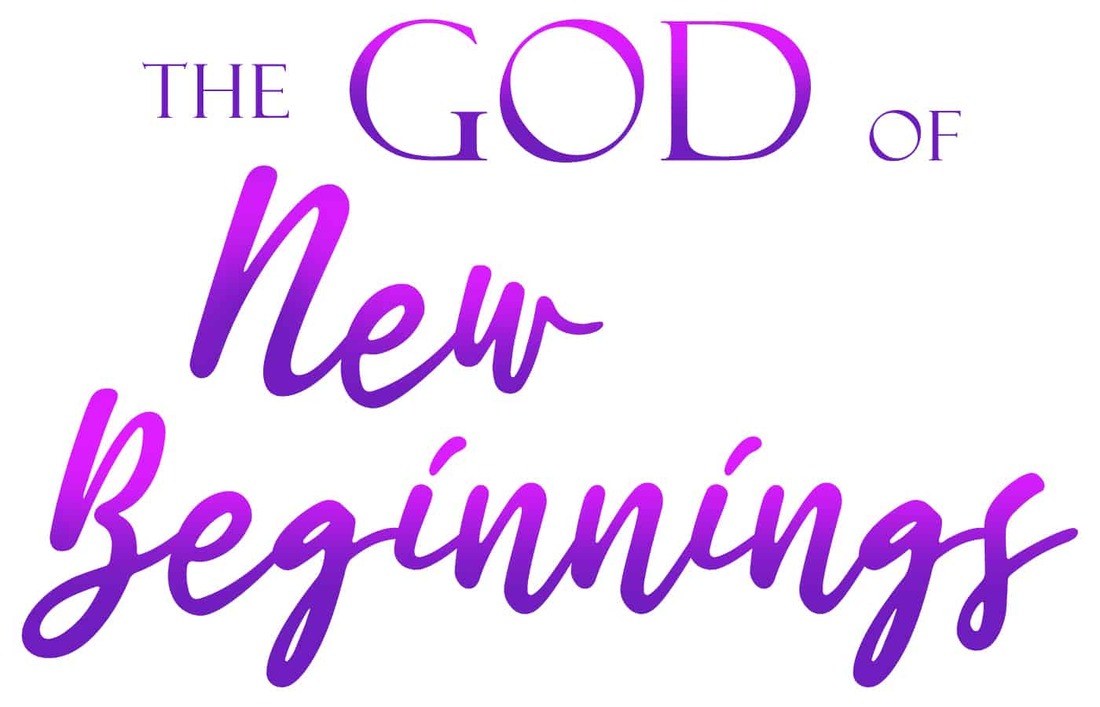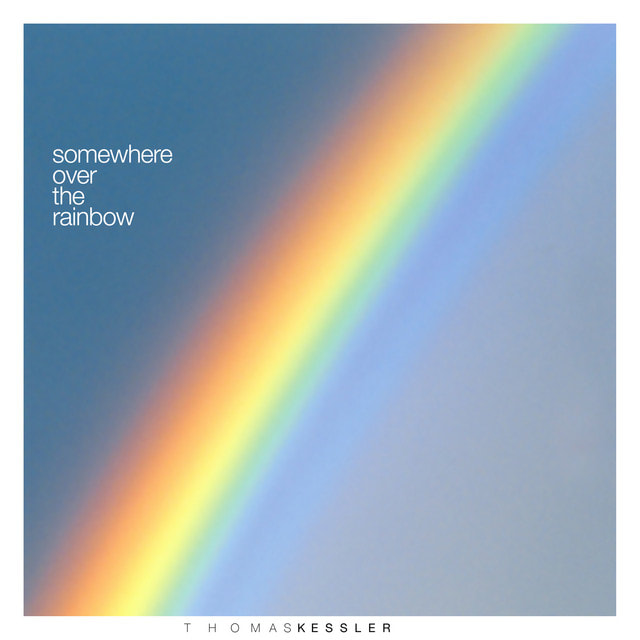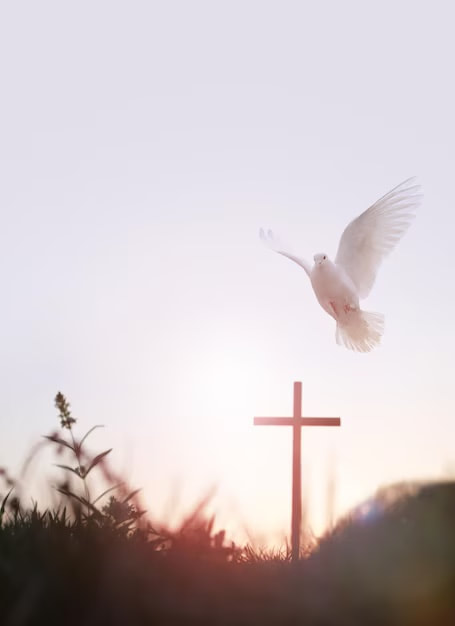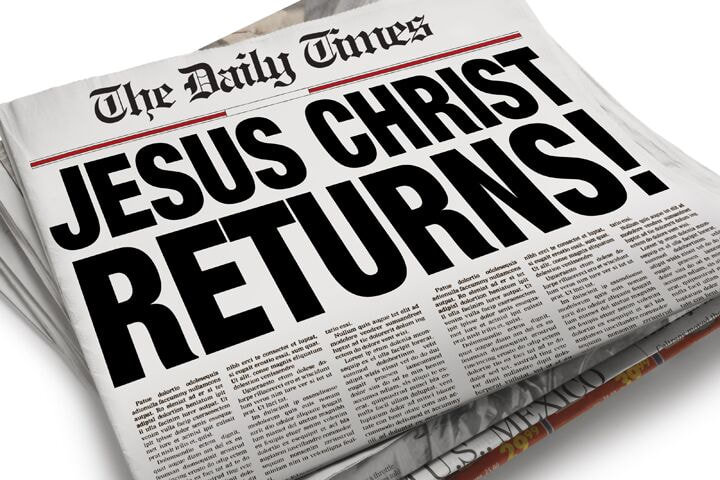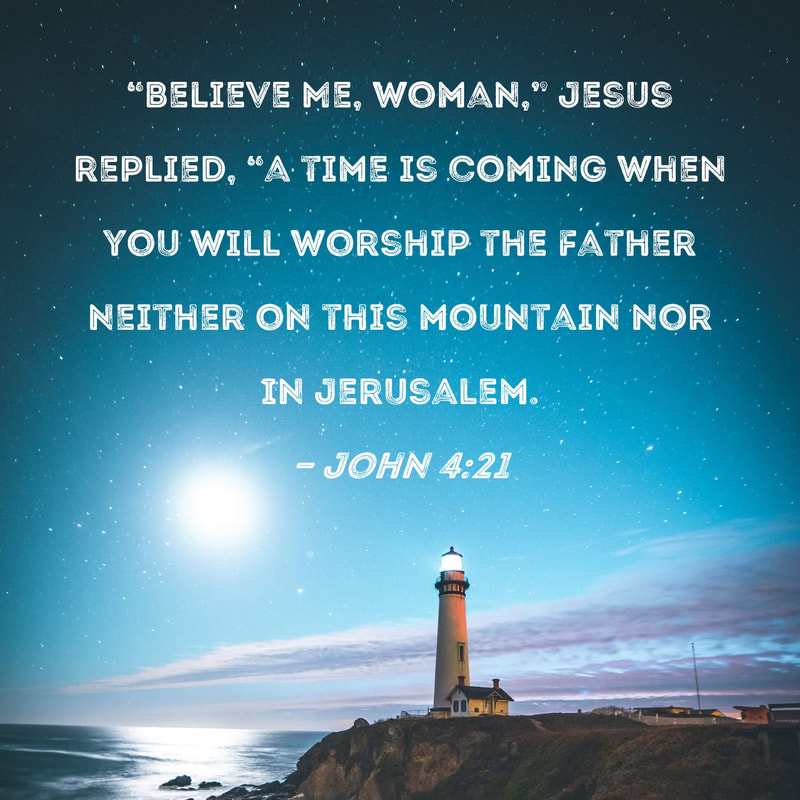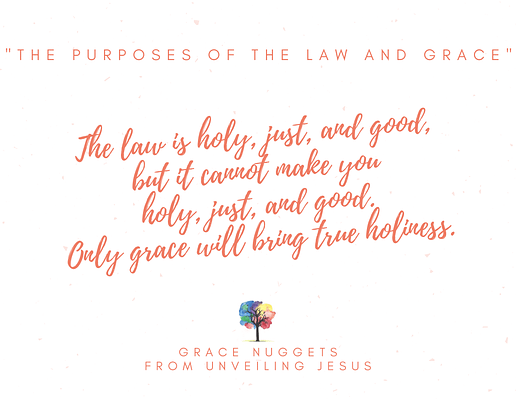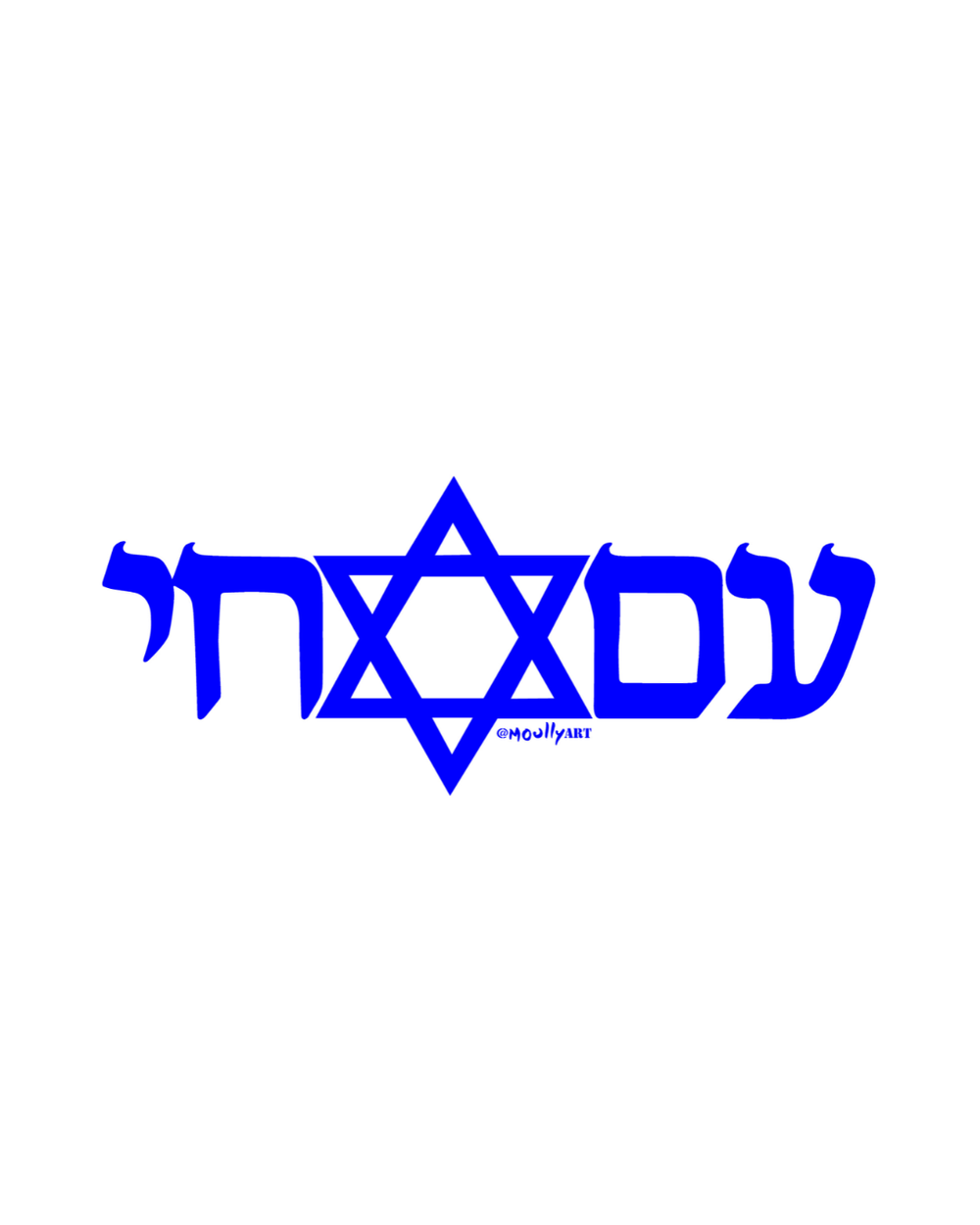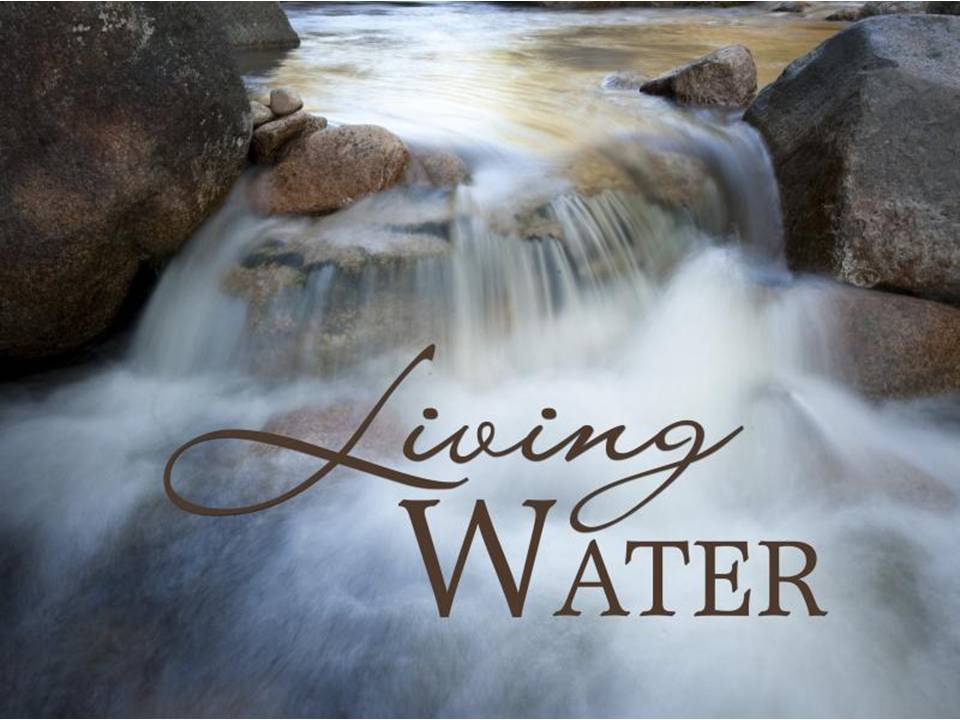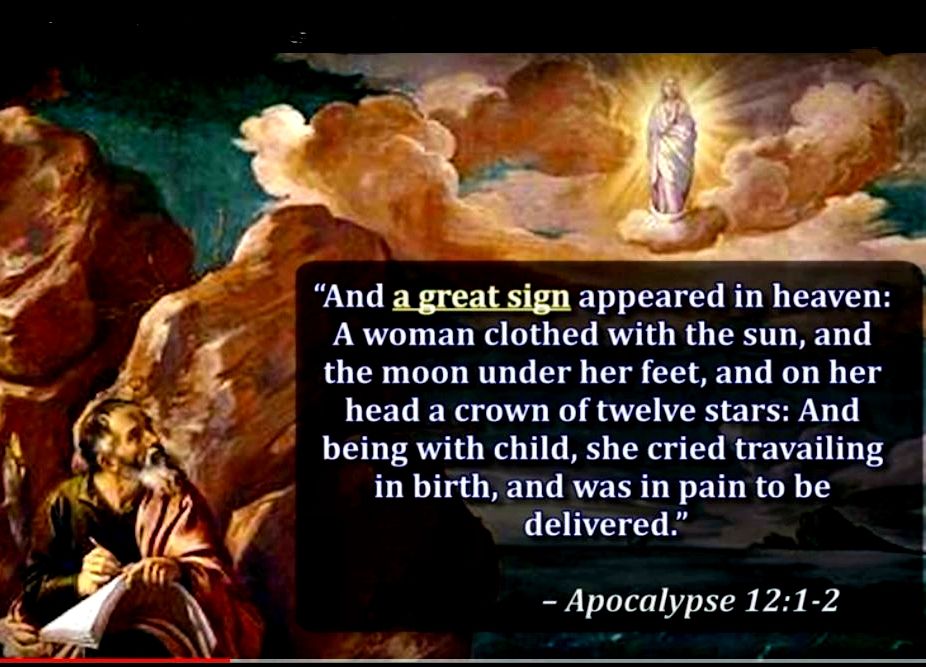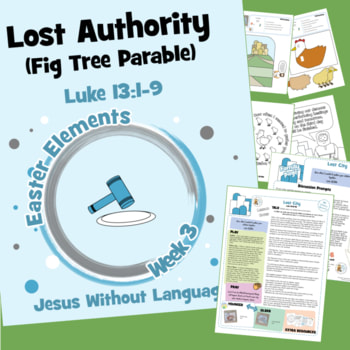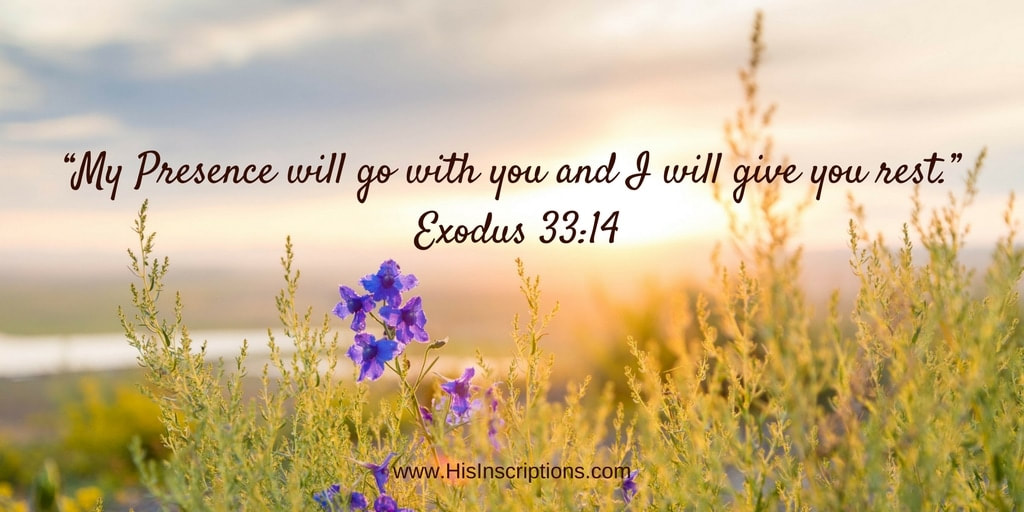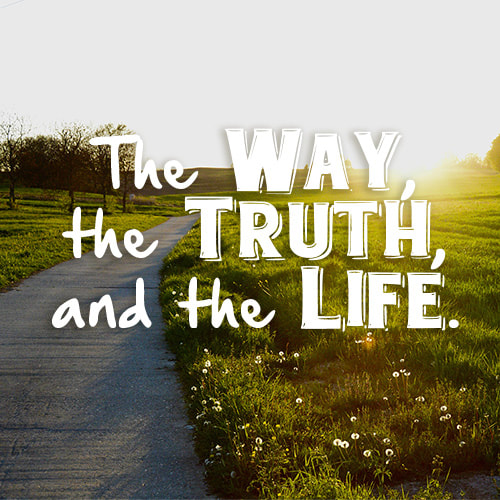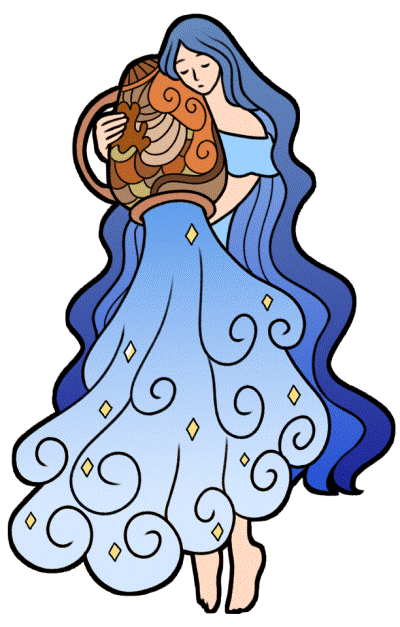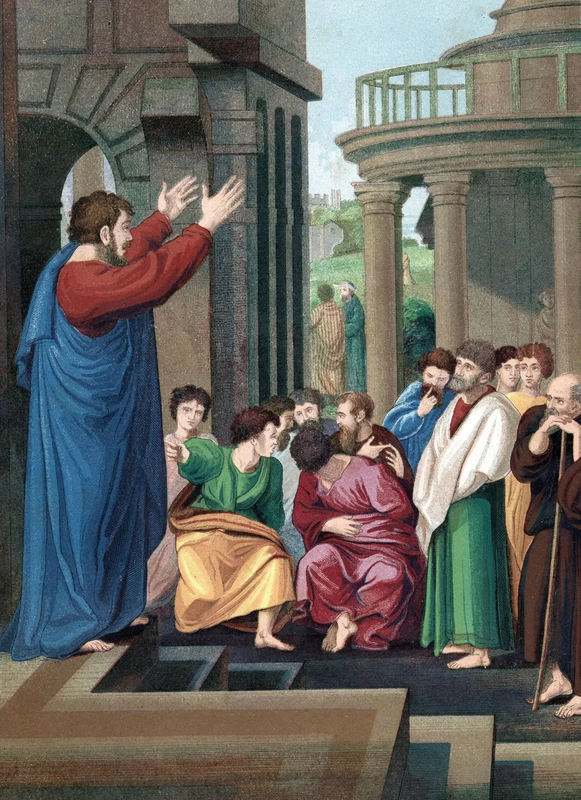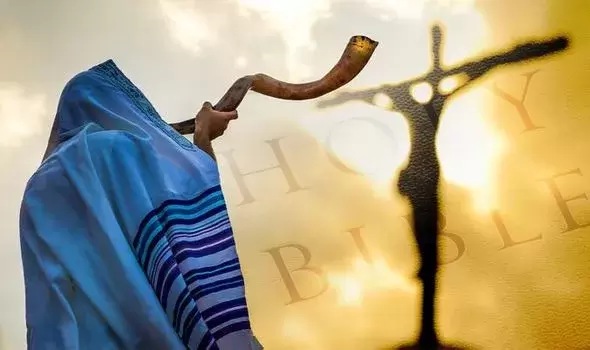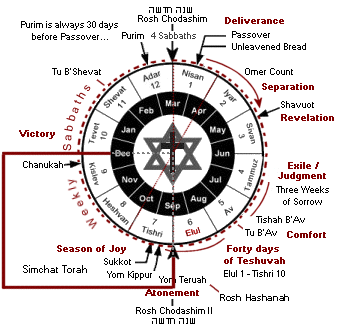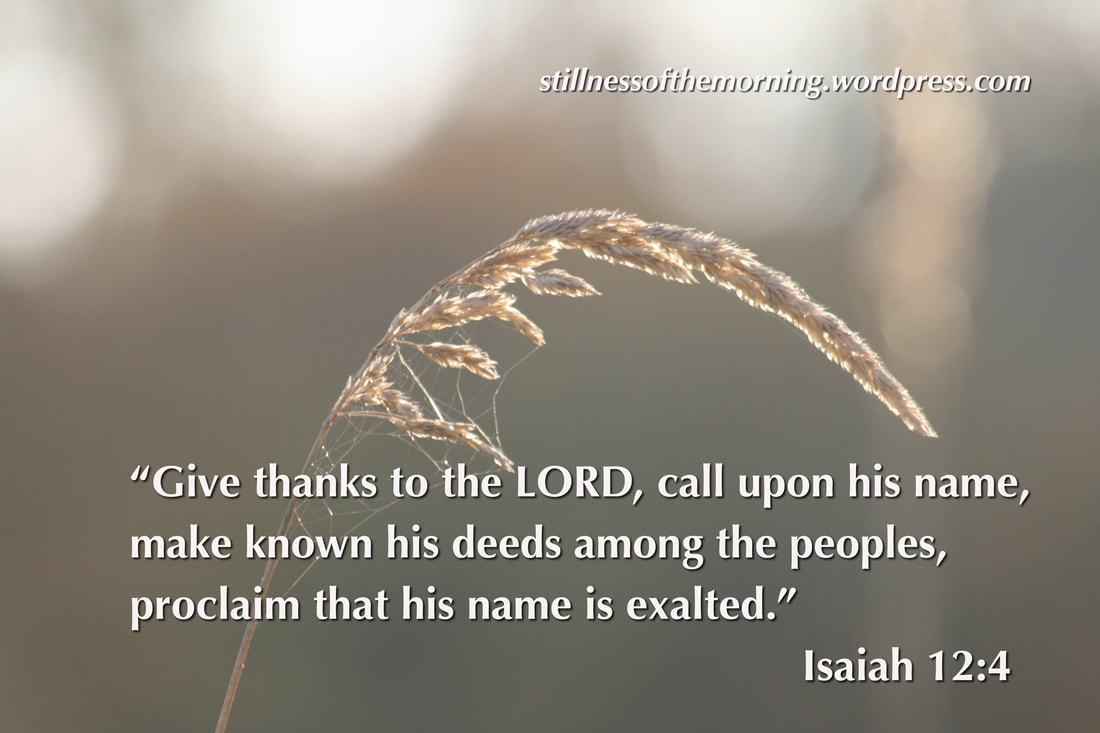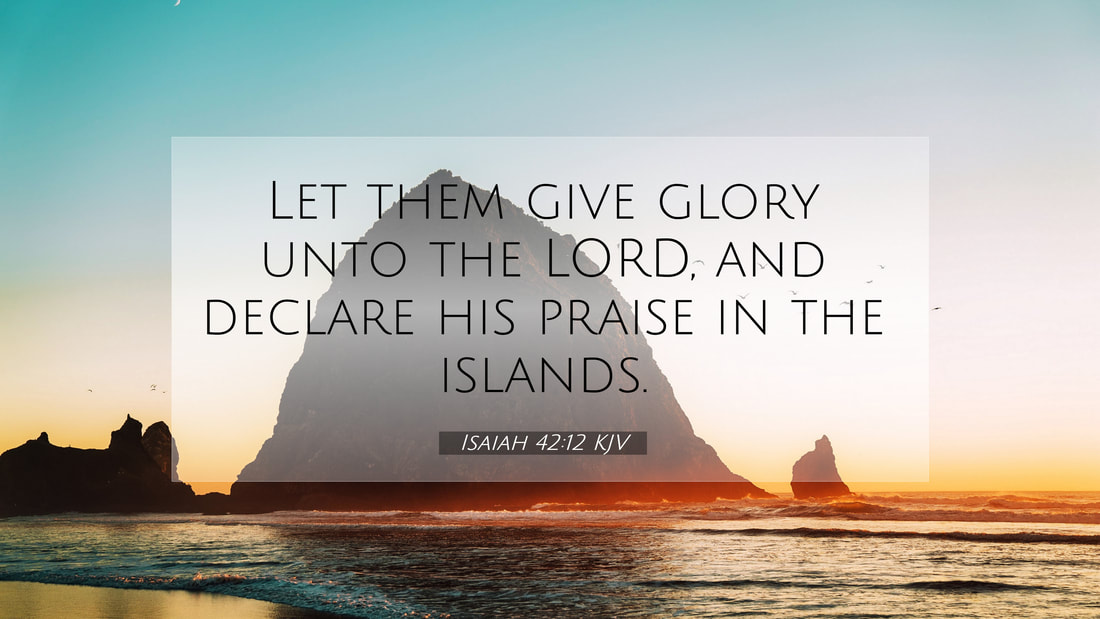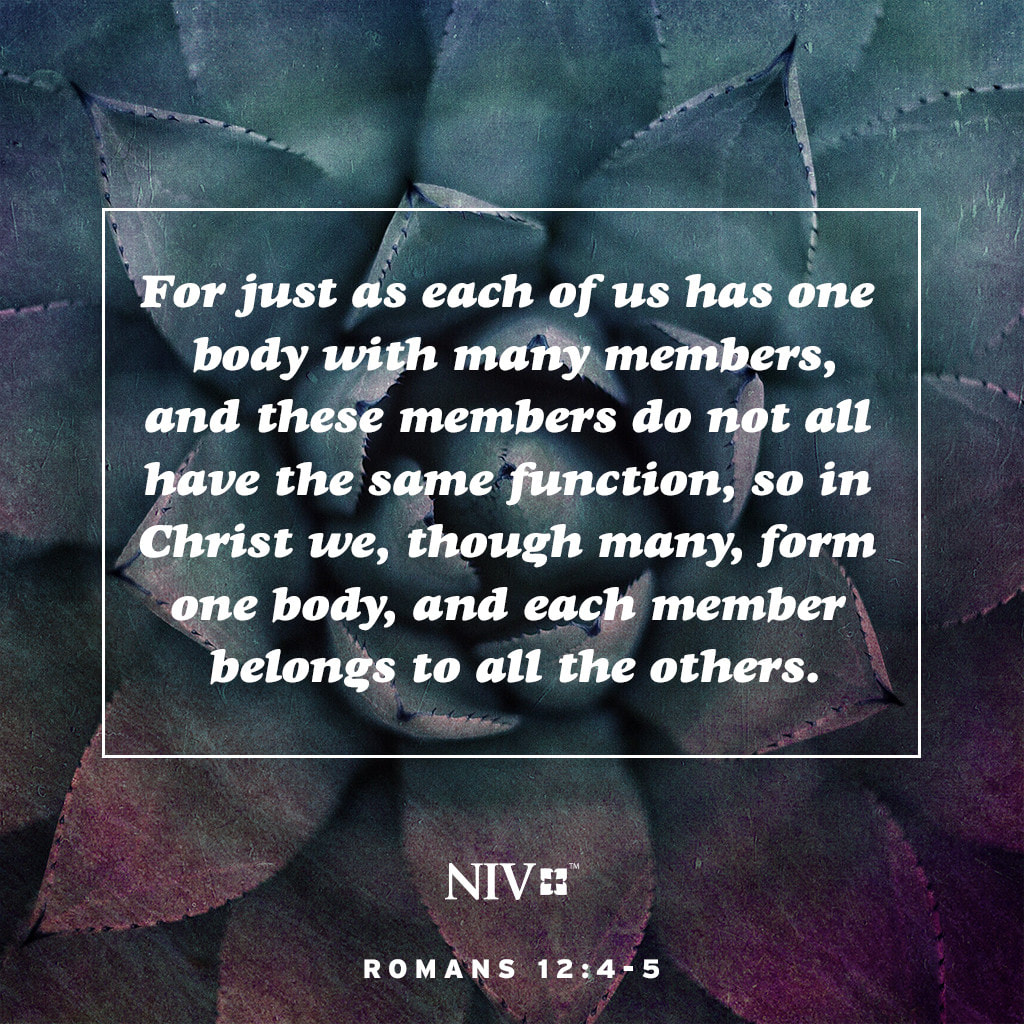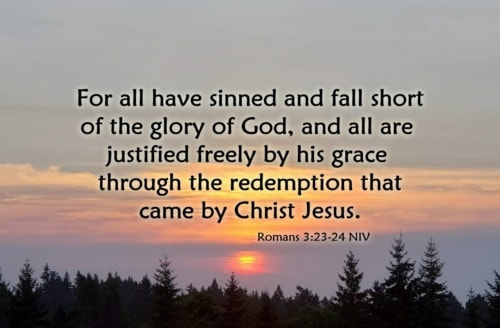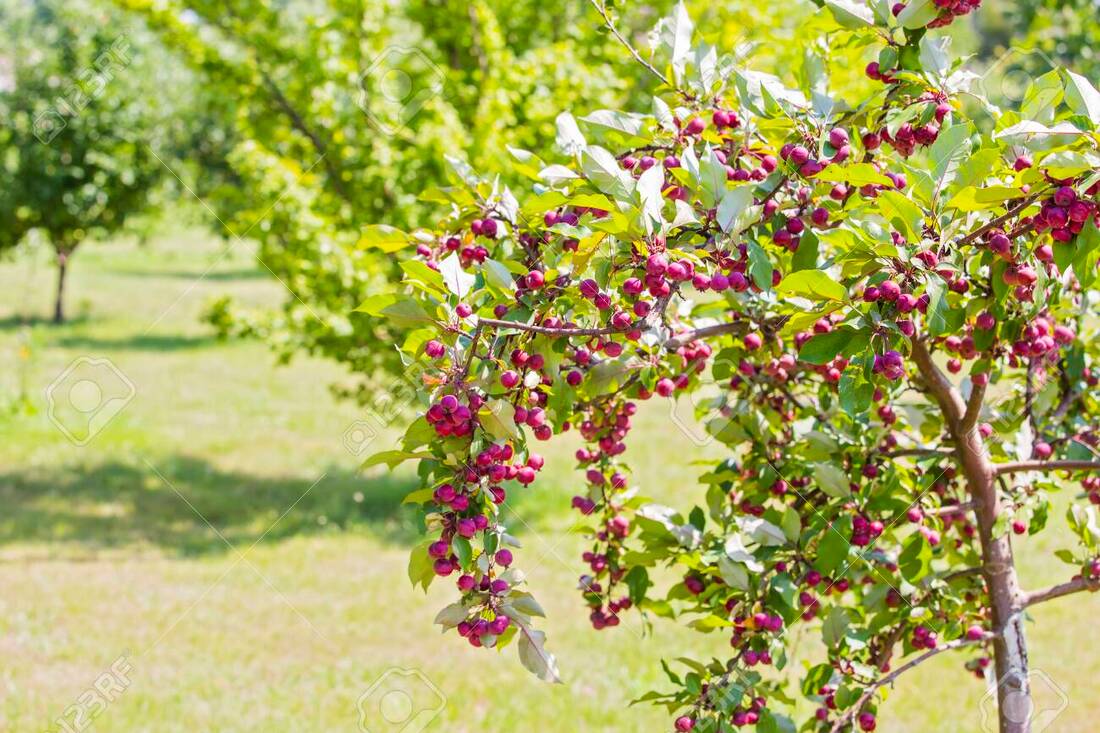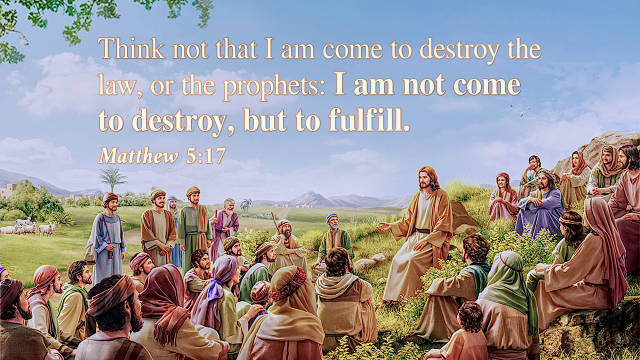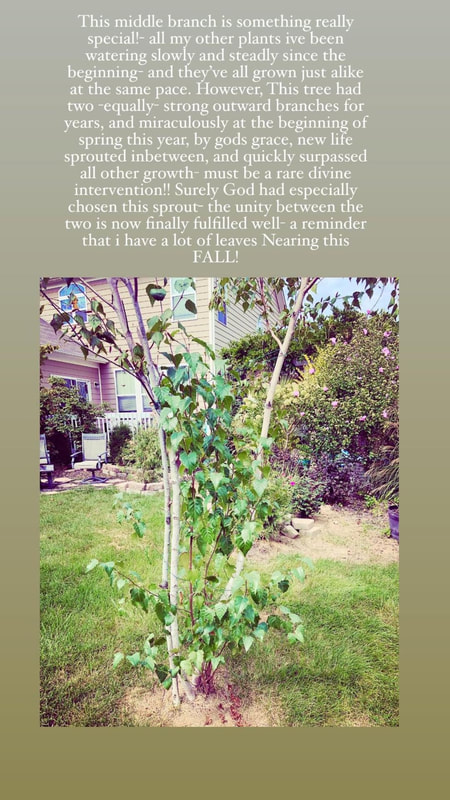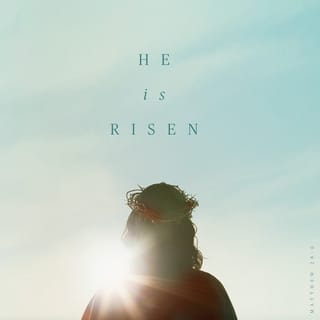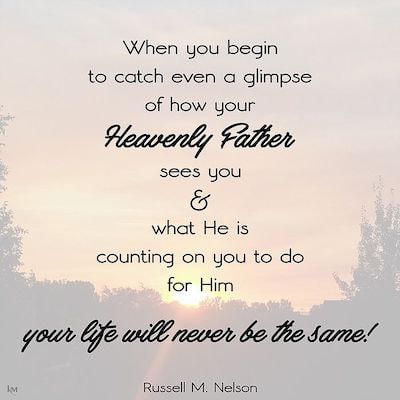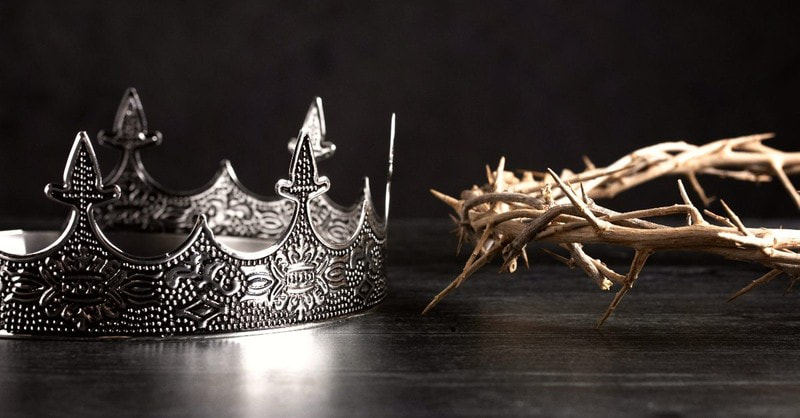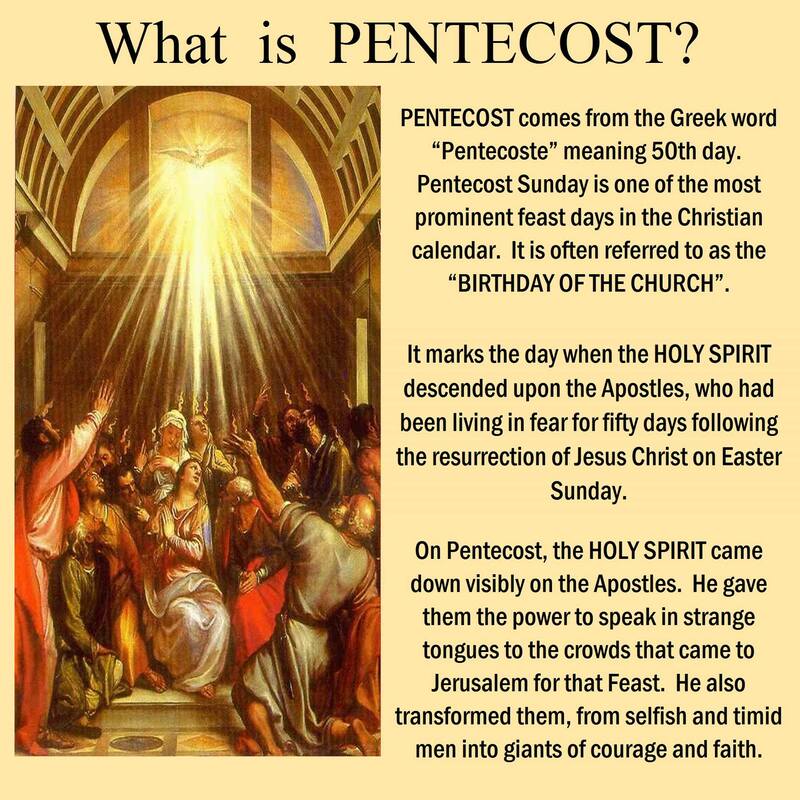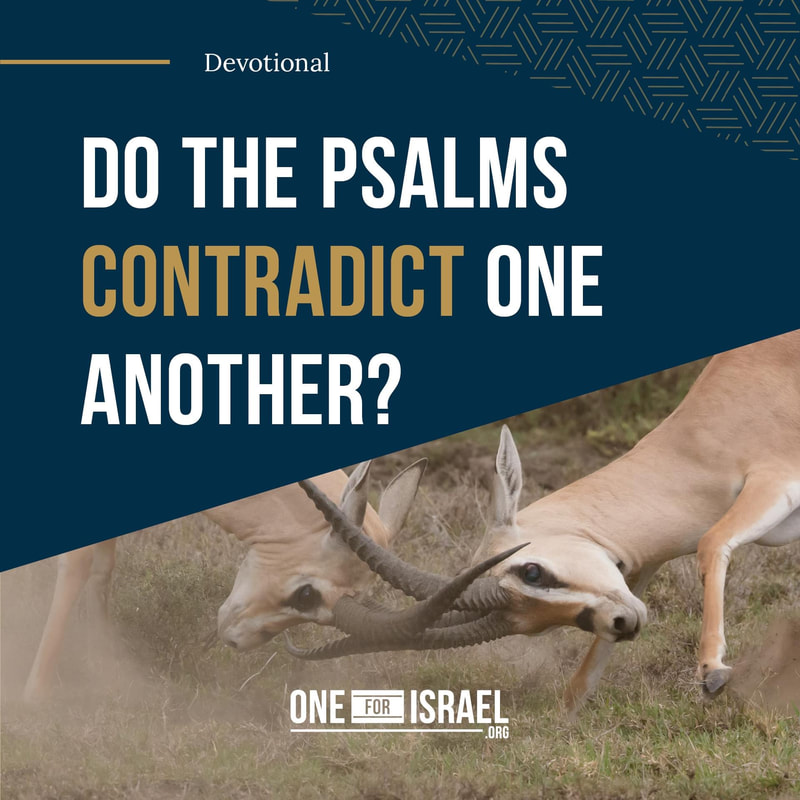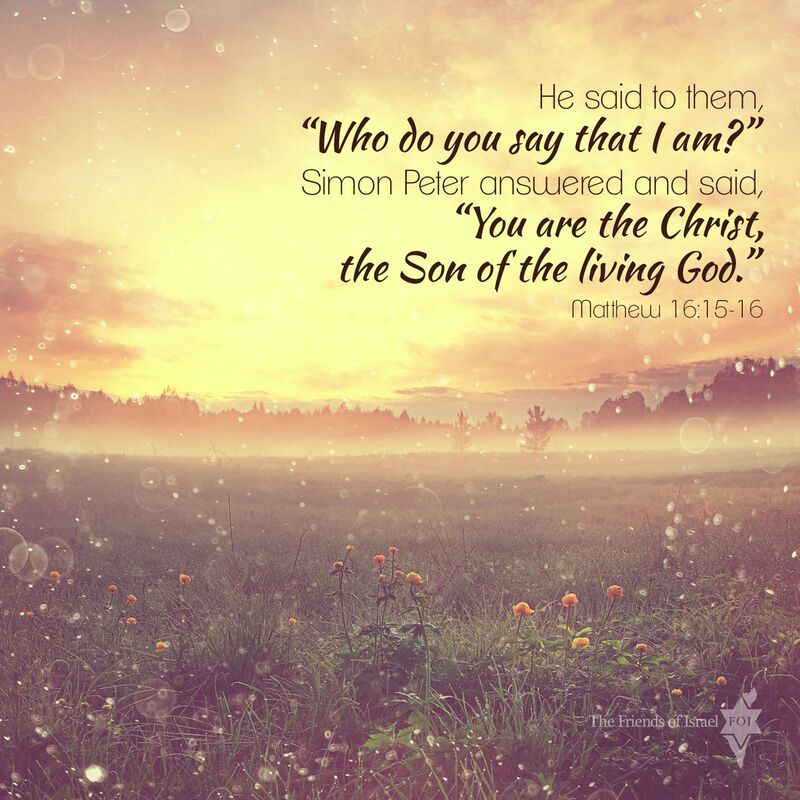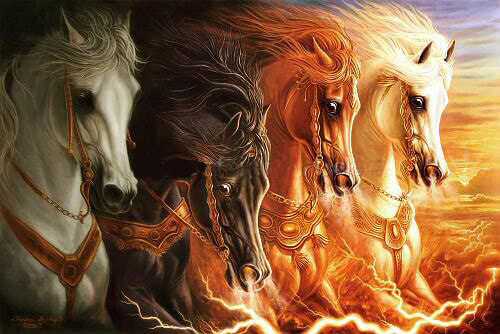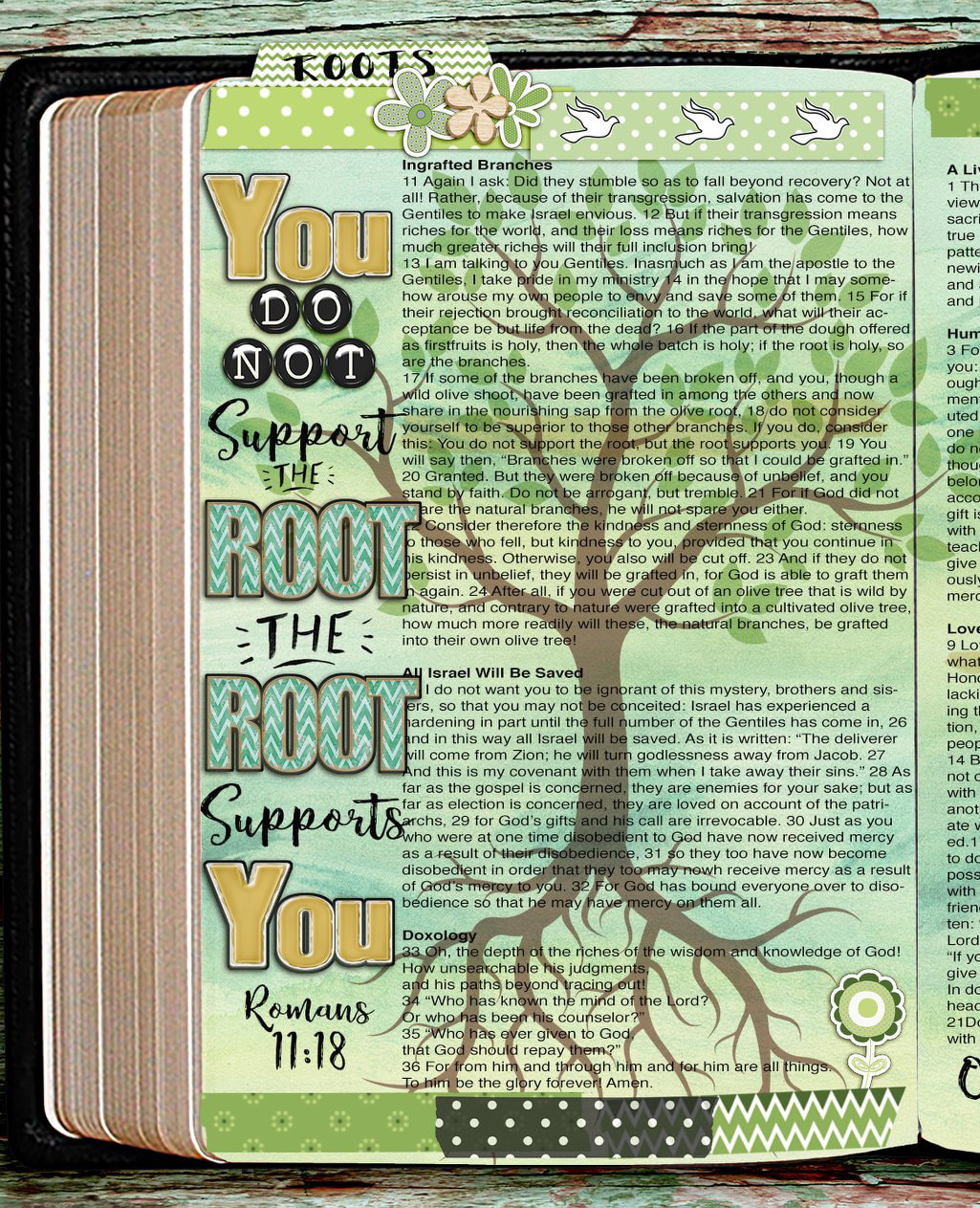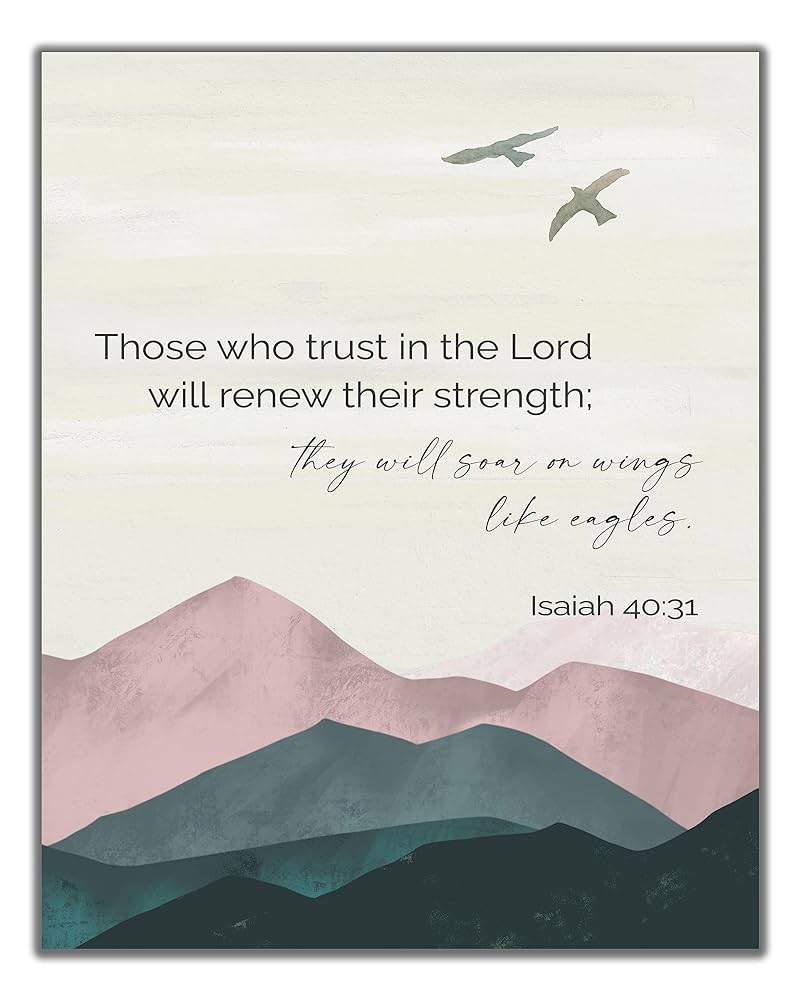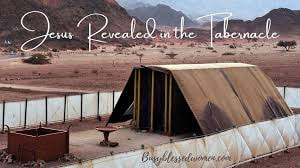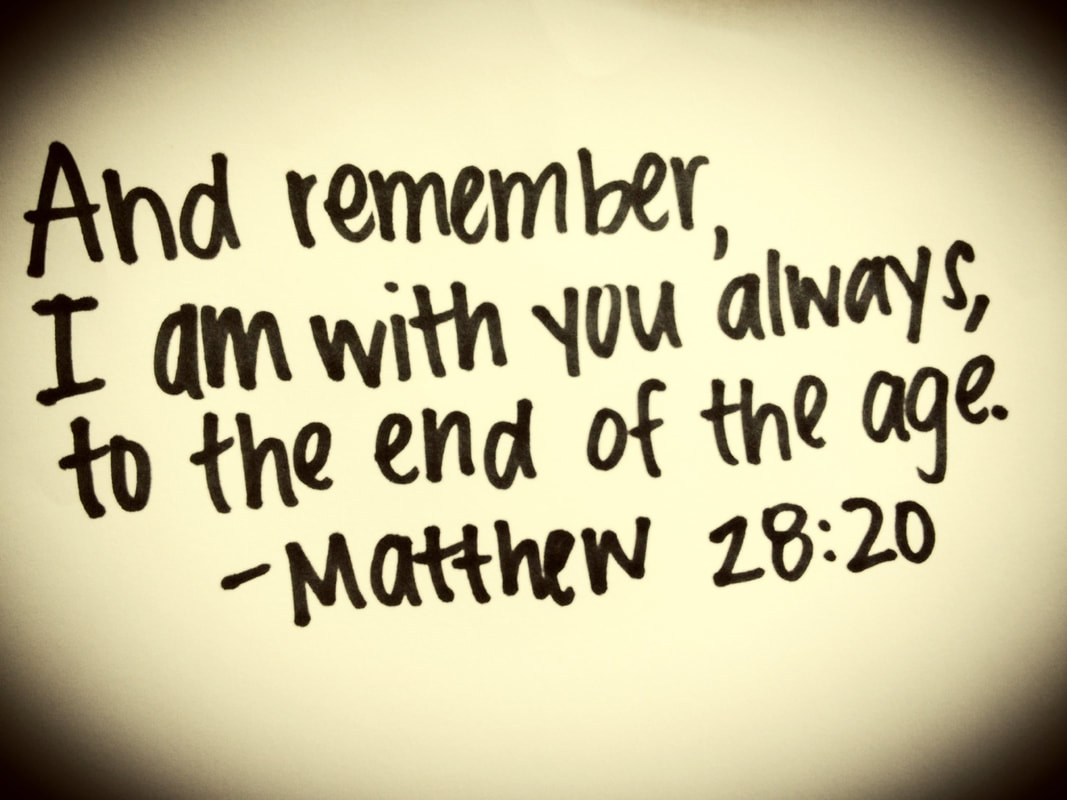things begin changing and moving.
The events that unfold here
establish the foundation
The introduction of
Jesus Christ
to the throne room
sets in motion
opening of the scroll
which contains
the finality of
creation
and the pronouncement of judgment on the world.
The lamb of God
makes its appearance
in the
throne room of God
and the
response can only be worship.
The final stages of
creation
are unfolding
before John’s
eyes
and the
presence of God
remains
sovereign and in control.
The Scroll
God held a scroll while
seated on the throne.
John, seeing the scroll immediately knew that
it contained great, important,
and
significant knowledge.
The Father,
seated on the throne, held the fate of the world
in His hands.
Yet, for all the splendor of the throne room of heaven,
with the creatures, the elders, and
the various other representations in the throne,
no one could be found to open the
scroll apart from God Himself.
John, seeing this
and understanding the importance of the scroll,
began to weep that
the secrets of the scroll would not be
revealed.
No one in heaven or under heaven, was worthy to open the scroll.
For all of the abilities of people,
none compare to the
greatness of God
to pronounce judgment and
usher in the
final days
There is holiness in the proclamation
and holiness in
returning creation
to its intended state.
While this may at first be intimidating or fear inducing to us,
unable to produce
-any form-
of
righteousness
or
-ability- on our own,
this is the same God who bids us to
return to Him
and be
in relationship with Him.
empowered by the Spirit
of
all the churches.
The Lamb
The
proclamation rings
out that there is one who is
worthy
to open up the
mysteries of the universe.
One of the elders direct’s John’s attention
to the
Lion of the Tribe of Judah.
Israel -was- founded
under the notion that
the Kings would come from
the line of Judah.
Furthermore,
the image of the lion is one who reigns over his kingdom.
Based on this initial description, you would expect
John to turn and immediately be greeted
with a great and ferocious roar of authority,
after all this is the
true
King to reign overall Kings.
Yet, this is not the image John is
greeted with.
John
turns and seeing a lamb as if it has been slain.
The King,
for all His authority and sovereignty,
became a sacrifice for the sake of the people.
Rather than becoming an unapproachable or
distant King,
Jesus became the King who
walks among the people
Furthermore,
Christ died on behalf of those
who stood
in rebellion against Him.
This is the mark of a King,
not to Lord strength over others,
but to be strong enough
to endure the punishment of others
for the sake of those
who have been placed under our care.
This is precisely why the lamb of God
does not need
permission or authority
to approach
The Father on the throne.
They are
one and their authority is one
Thus, the lamb of God, the lion of Judah,
takes the scroll and
prepares to open it’s seals.
The Response
While Jesus has no need to assert his strength or authority,
the response from those around Him declares the
worthiness of Jesus Christ
to
open the scroll
Yet, they do not appeal to His Kingship
but instead to
His nature as a benevolent God.
Through the blood of Christ, mankind
has been purchased.
Furthermore people
of all nations, tribes, languages,
and people receive the
grace of God
This fourfold construction carries
with it a sense of
fullness and inclusion of all things.
In this case, scripture stresses that
all person are
eligible for His eternal gift
Just as the response
to the presence of God
can only be
worship, the response to the
work of Christ
is similarly worship
(thus identifying Jesus Christ as God)
You see the elders, the creatures,
and hosts upon hosts of
angels
worshipping the Lamb.
The scene, which at its resting state
still shook with excitement,
No developed into a
loud celebration of the
presence of God
 RSS Feed
RSS Feed



